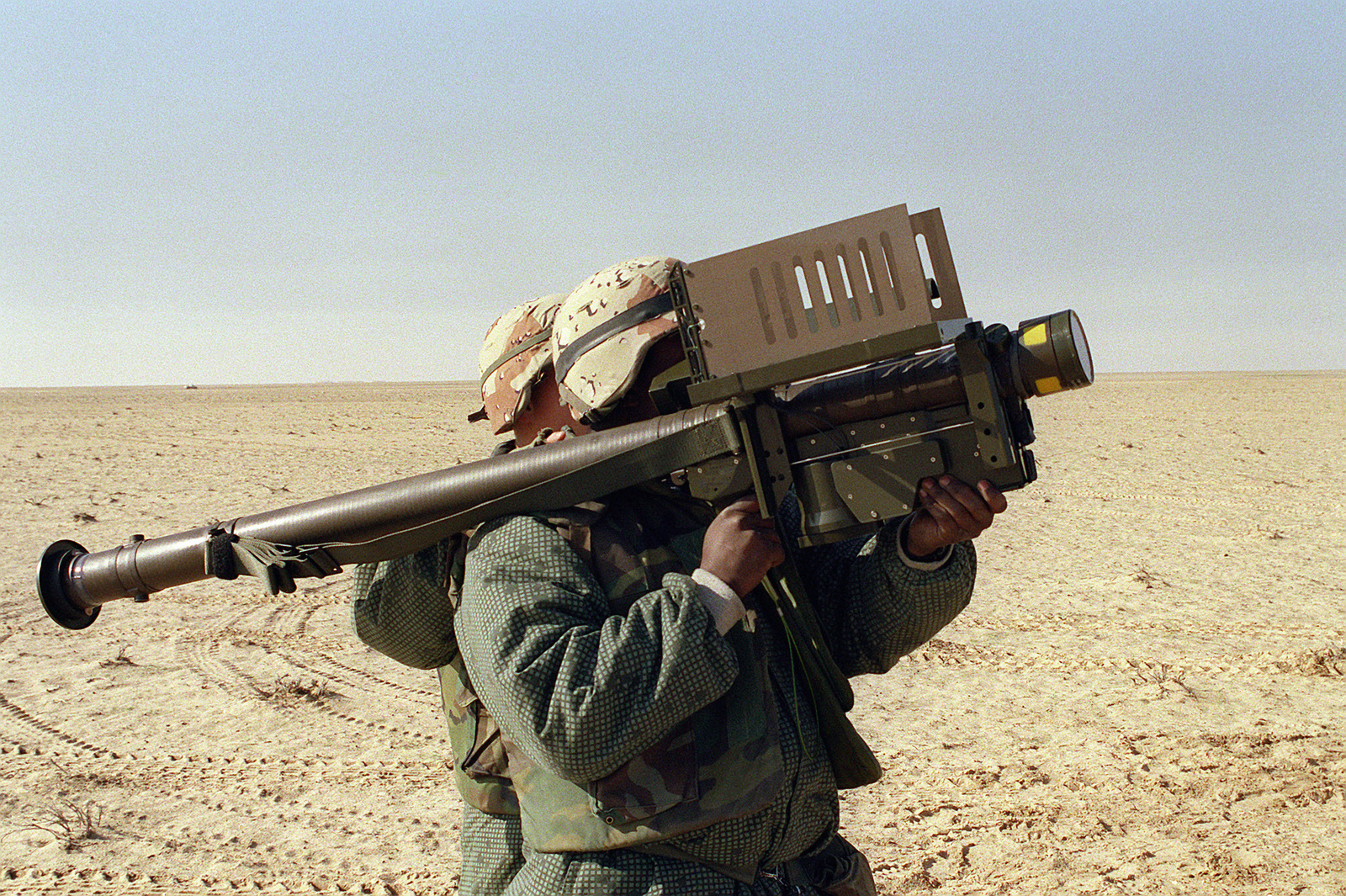Amid the Russian military action in Ukraine, the European Union (EU) said on February 27 that it would be sending arms and ammunition to Ukraine to help it defend against the Russian onslaught.
On the other hand, Russian President Vladimir Putin announced on February 27 that he is putting the country’s nuclear deterrent forces on “special alert” in response to NATO’s “aggression”, a move that has drawn sharp reaction and condemnation from the US.
The move comes after Netherlands and Germany said they would supply US-made Stinger air defense missiles to Ukraine.
For the first time in its history, the EU will purchase weapons for a country under attack, European Commission President Ursula von der Leyen tweeted.
Earlier, the Dutch government has sent 200 Stinger missiles and Berlin confirmed supplying Ukraine with 500 Stinger missiles and 1,000 anti-tank weapons.
We are stepping up our support for Ukraine.
For the first time, the EU will finance the purchase and delivery of weapons and equipment to a country under attack.
We are also strengthening our sanctions against the Kremlin.
https://t.co/qEBICNxYa1— Ursula von der Leyen (@vonderleyen) February 27, 2022
“There was a careful but, given the circumstances, shortened check to make sure this meets weapons exports criteria,” Dutch foreign minister Wopke Hoekstra and defense minister Kasja Ollongren said in a briefing to MPs.
On the other hand, German Chancellor Olaf Scholz said Russia’s military assault on Ukraine has been “a turning point” for Europe, threatening the international order established after World War II.
“In this situation, it is our duty to do our best to help Ukraine defend itself against Vladimir Putin’s invading army. Germany stands side by side with Ukraine,” Scholz said.
Berlin had previously agreed to deliver 400 German-made anti-tank weaponry to Ukraine at the request of the Netherlands. Until Russia’s military assault on Ukraine, Berlin refused to deliver munitions to Kyiv, as well as demands from allies to send German-made weapons to the country.

Kyiv has been asking Germany for weeks to supply arms to assist it in repelling a Russian invasion.
On February 26, Ukraine’s ambassador to Germany requested Berlin to supply Stinger air defense missiles to the country. “Damn it, it’s finally time to help us,” Andriy Melnyk told Reuters in an interview at the Ukrainian embassy. “We need air defense and we need a no-fly zone.”
The Stinger missiles were widely used against the Soviet Army in Afghanistan in the 1980s. This rocket created havoc and inflicted extensive damage to the Soviet forces.
Stinger’s Success in Afghanistan
By the mid-1980s, the Afghan mujahideen, who were fighting alongside Pakistan and the United States against both regular Soviet forces and the Soviet-backed government in Kabul, were in a precarious position.
Some US officials suggested the deployment of the Stinger missile, which was still in development to counter the Soviet forces. However, it was easier said than done as the then Reagan administration and the CIA were opposed to the idea.
US senators were likewise wary of utilizing the Stinger in Afghanistan, fearing that the technology would get leaked to the Russians.
If the Soviets had seized American-made missiles, it would have shown that Washington was providing the mujahideen with cutting-edge weapons. In 1986, however, the United States allowed the deployment of 250 Stinger launchers and 1,000 missiles to Afghan guerilla fighters.
Stingers are a lightweight, potent weapon that is easy to use — loading a missile takes about 30 seconds. Stingers are particularly effective against aircraft and heavyweight tanks.
On September 25, 1986, this man-portable weapon was purportedly utilized for the first time in Afghanistan. Two Mi-24 assault helicopters were shot down by a squad of roughly 35 mujahideen as they landed at Jalalabad Airport. The remains of a missile used in the attack are said to have been presented to US President Ronald Reagan by jihadists.
Once upon a time
In 1980s,#US #Reagan admin.armed mujahideen with #Stinger anti-aircraft missiles to battle #Soviet aircraft#Afghanistan
📸 pic.twitter.com/TGbqJByGTS— Mete Sohtaoğlu (@metesohtaoglu) May 10, 2017
The guerilla combatants were ecstatic when they heard about the new weapon and its lethal potential. Commanders in the Soviet Union, on the other hand, were alarmed.
Jalalabad Airport was closed for a month after these damages. When it reopened, stricter flying regulations were implemented. Landing with a long trajectory was also prohibited for helicopters and planes. They were escorted by choppers that fired heat flares to deflect any prospective missiles as they took off and landed. All cargo flights have been rescheduled for the night.
To counter the new missiles, Soviet engineers wanted to get a close look at them, therefore the search for Stingers started. The highest Soviet honor – the Hero of the Soviet Union – was promised to whoever discovered the device.
After months of searching, Soviet special forces were only able to obtain parts of Stingers. A scouting squad, however, observed a group of armed men on three motorbikes in January 1987.
“When they saw our choppers they stopped and started shooting at us and fired two missiles… The pilots made a maneuver and lowered the helicopters… The Mi-24s were covering us from above and we started fighting after leaving the chopper,” recalled Lieutenant Vladimir Kovtun.
The air assistance helped the soldiers win the battle against the mujahideen. Upon investigation, they found a Stinger and its technical documentation. Eight sets of the weapon were obtained by Soviet special service units in total. Nobody, however, received the USSR’s ‘Hero Award’ at the time.
Furthermore, aviation designers upgraded the Soviet Su-25 jets upon studying American missiles, enhancing their defense capabilities and heat flare characteristics.
On the 30th anniversary of the Soviet withdrawal, the mistake was addressed. For his bravery and gallantry throughout the Afghan struggle, Kovtun was awarded the title of Hero of Russia. However, by that time, the stingers had inflicted heavy damage to both Soviet forces and their reputation.
- Contact the author at ashishmichel@gmail.com
- Follow EurAsian Times on Google News